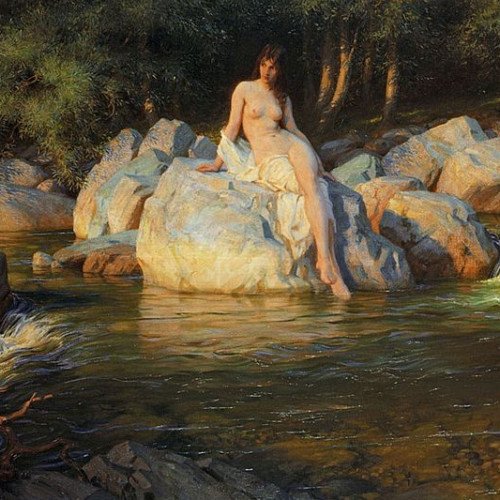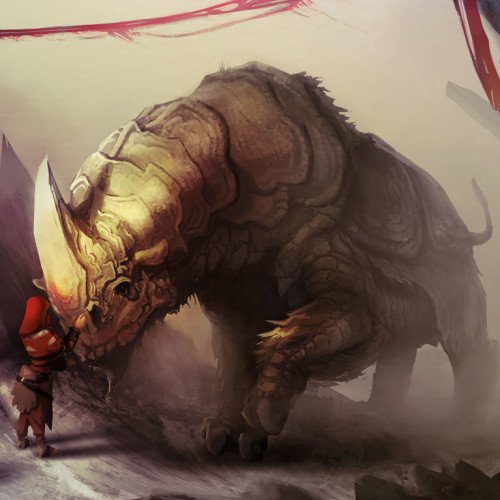Vote on Mythical creatures: Kelpie vs Karkadann

Kelpie
A kelpie, or water kelpie, is a shape-shifting spirit inhabiting lakes in Scottish folklore. It is a Celtic legend; however, analogues exist in other cultures. It is usually described as a black horse-like creature, able to adopt human form. Some accounts state that the kelpie retains its hooves when appearing as a human, leading to its association with the Christian idea of Satan as alluded to by Robert Burns in his 1786 poem "Address to the Devil". Almost every sizeable body of water in Scotland has an associated kelpie story, but the most extensively reported is that of Loch Ness. Parallels to the general Germanic neck or nixie and the Scandinavian bäckahäst have been observed. More widely, the wihwin of Central America and the Australian bunyip have been seen as counterparts. The origins of narratives about the creature are unclear but the practical purpose of keeping children away from dangerous stretches of water and warning young women to be wary of handsome strangers has been noted in secondary literature. Kelpies have been portrayed in their various forms in art and literature, including two 30-metre-high (100 ft) steel sculptures in Falkirk, The Kelpies, completed in October 2013.
Statistics for this Xoptio

Karkadann
The Karkadann (Arabic كركدن karkadann or karkaddan from Kargadan, Persian: كرگدن "Lord of the Desert") is a mythical creature said to have lived on the grassy plains of India and Persia. The word kargadan also means rhinoceros in Persian and Arabic. Depictions of karkadann are found also in North Indian art. Like the unicorn, it can be subdued by virgins and acts ferociously toward other animals. Originally based on the Indian Rhinoceros (one of the meanings of the word) and first described in the 10th/11th century, it evolved in the works of later writers to a mythical animal "with a shadowy rhinocerine ancestor" endowed with strange qualities, such as a horn endowed with medicinal qualities.